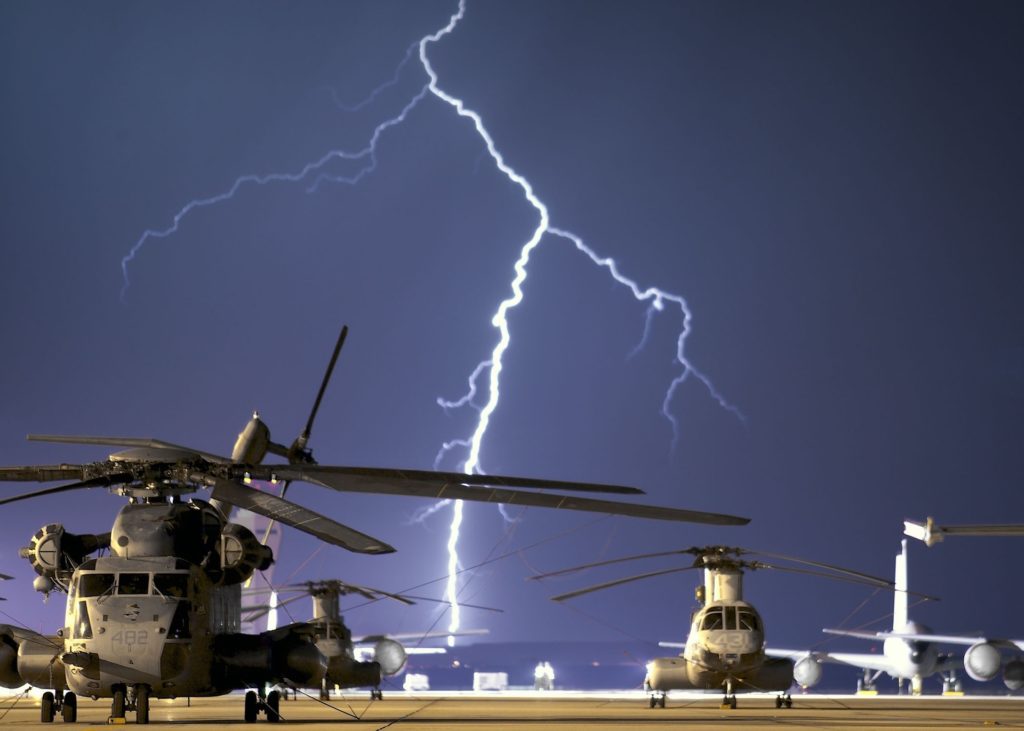What happens when aircrafts are hit by lightning?
by Scott Dutfield · 18/11/2019

The answer might not be as terrifying as you think
The thought of 1 billion joules of energy striking your airplane while you are trapped ten kilometres above the ground is the stuff of nightmares. But is it really as scary as it sounds?
It turns out that airplanes are pretty well-protected against lightning strikes and they no longer cause planes to crash. Though it is estimated that the average commercial plane gets struck once a year, the last plane crash caused by lightning was in 1967. This catastrophic accident killed all 81 crew and passengers on board after the lightning struck the fuel tank and caused a colossal explosion.
Since then engineers have made huge changes in plane designs and have enforced discharge and grounding precautions. Fuel has been refined so its vapours are less explosive, and fuel systems are well shielded to prevent sparks and resist burns. Modern planes are designed so that the electricity will be dissipated across the fuselage’s surface if hit, in a process known as the skin effect.
This will happen naturally with planes built from aluminium, while crafts made from composite materials are constructed with a conductive mesh. This means there is usually no evidence that the plane was ever hit.
Looking for a great Christmas present? Subscribe to How It Works from just £7.50
This article was originally published in How It Works issue 105, written by Charlie Evans
For more science and technology articles, pick up the latest copy of How It Works from all good retailers or from our website now. If you have a tablet or smartphone, you can also download the digital version onto your iOS or Android device. To make sure you never miss an issue of How It Works magazine, subscribe today!





